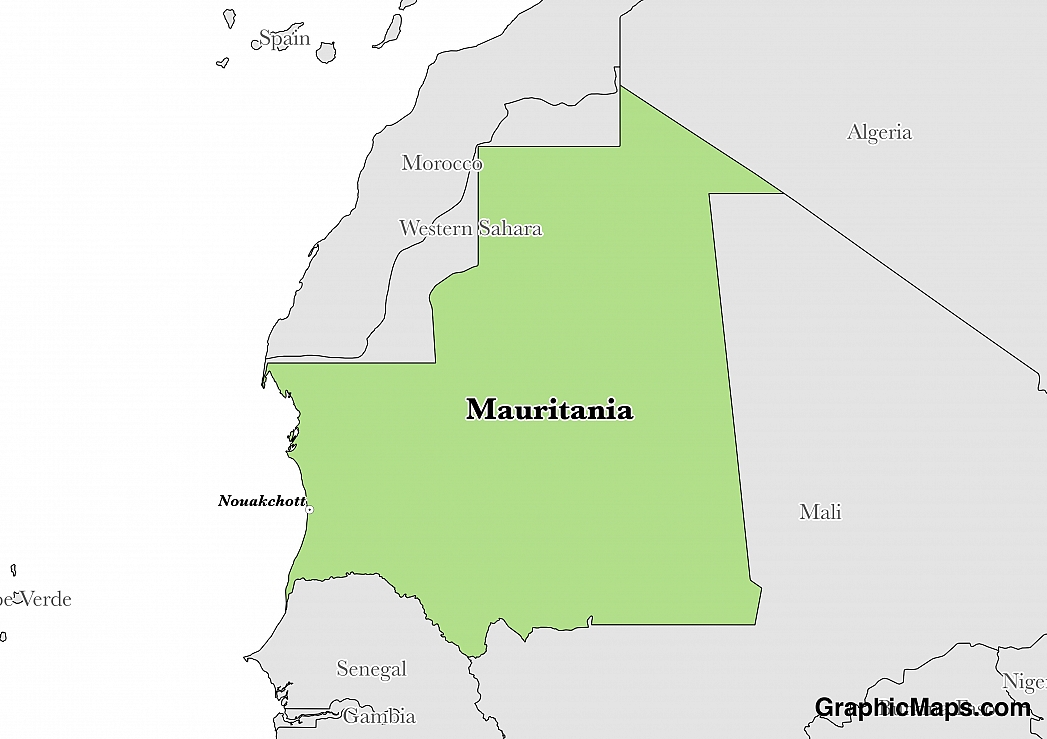Mauritania is located in Northwestern part of Africa and the capital is Nouakchott, which is also the biggest city in the country. The city was chosen as the capital by Moktar Ould Daddah in Mauritania’s preparation for independence. The city covers an area of 400 square miles. Nouakchott means place of the winds in the Berber language. Nouakchott was picked as the capital because of its location at the center between Nouadhibou and Saint-Luis, Senegal. Saint-Luis was the city where colonial Mauritania was governed from. Nouakchott city is a flatland situated on the Atlantic coast of the Sahara desert. On March 1958, the city’s construction began and it was completed in time for independence on November 28, 1960.
The population of the city was estimated at 968,000 in 2015. Part of the population in the city is nomadic, so the numbers of the population keep fluctuating most of the time. The city is home to about a third of the country’s population, which is 4.3 million. Starting from the 1970’s the population of the city has grown with people migrating looking for better life and because of the spread of the desert leading to drought. There are few tall buildings spread out through the capital.
There are several tourist attractions in the city including the National Museum of Mauritania, The National Archives, and the National Library. The city has several beaches like the port de Peche, where one can buy fresh fish, Plage de Nouakchott, and markets like the Nouakchott silver market. Saharan meteorites can also be bought in the city. The Saudi Mosque, which was a donation by Saudi Arabia, and the Moroccan mosque.
The city of Nouakchott experiences a hot desert climate. October is the hottest month, while January has the lowest temperatures.
This page was last modified on May 1st, 2018
More on Graphicmaps

Published on 2019-11-06
What is a Trade Embargo?

Published on 2019-11-04
Which Two Countries Used to Have the Same Flag?

Published on 2019-09-16
What Is the Only Two-Sided State Flag?

Published on 2019-09-16
Which Country Flag Looks Like the Texas Flag?

Published on 2019-08-29
Flags That Resemble the US Flag

Published on 2019-08-20
